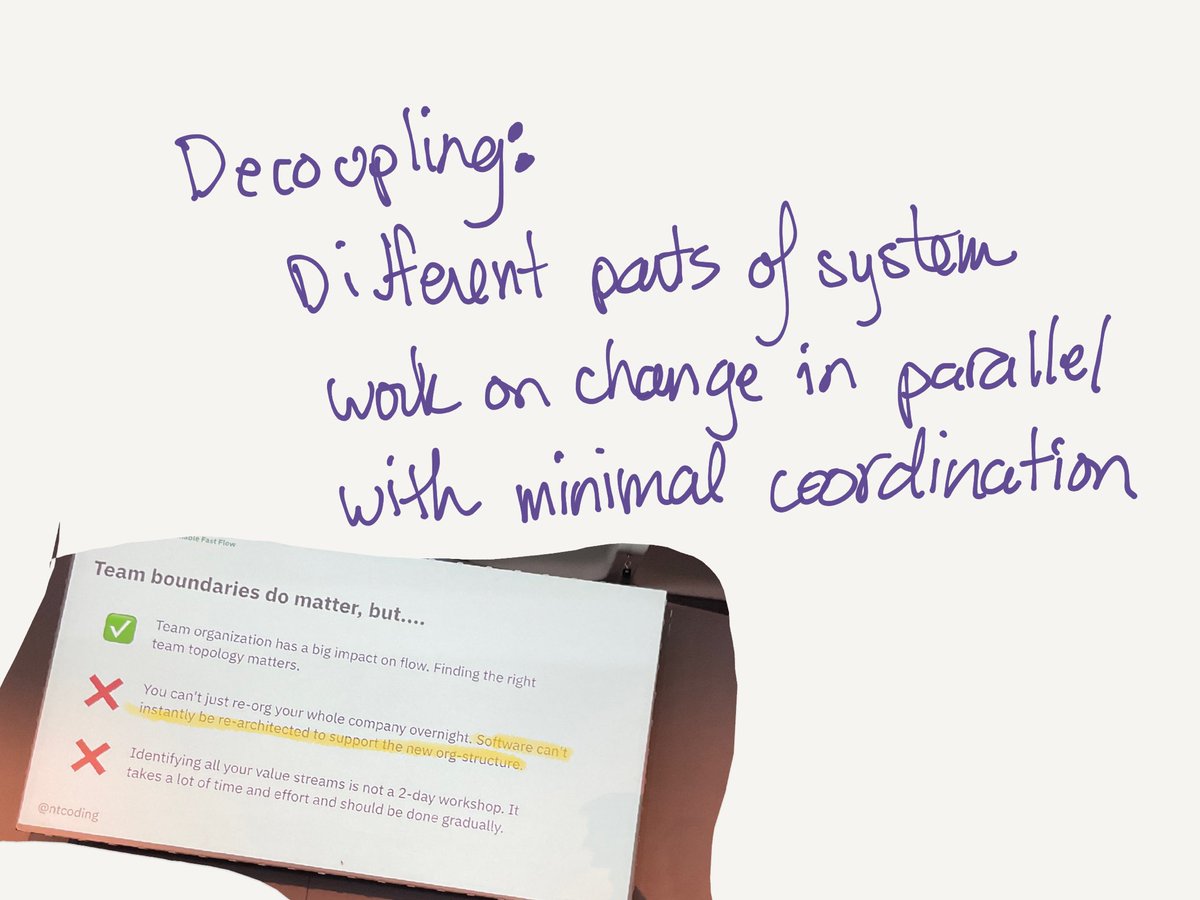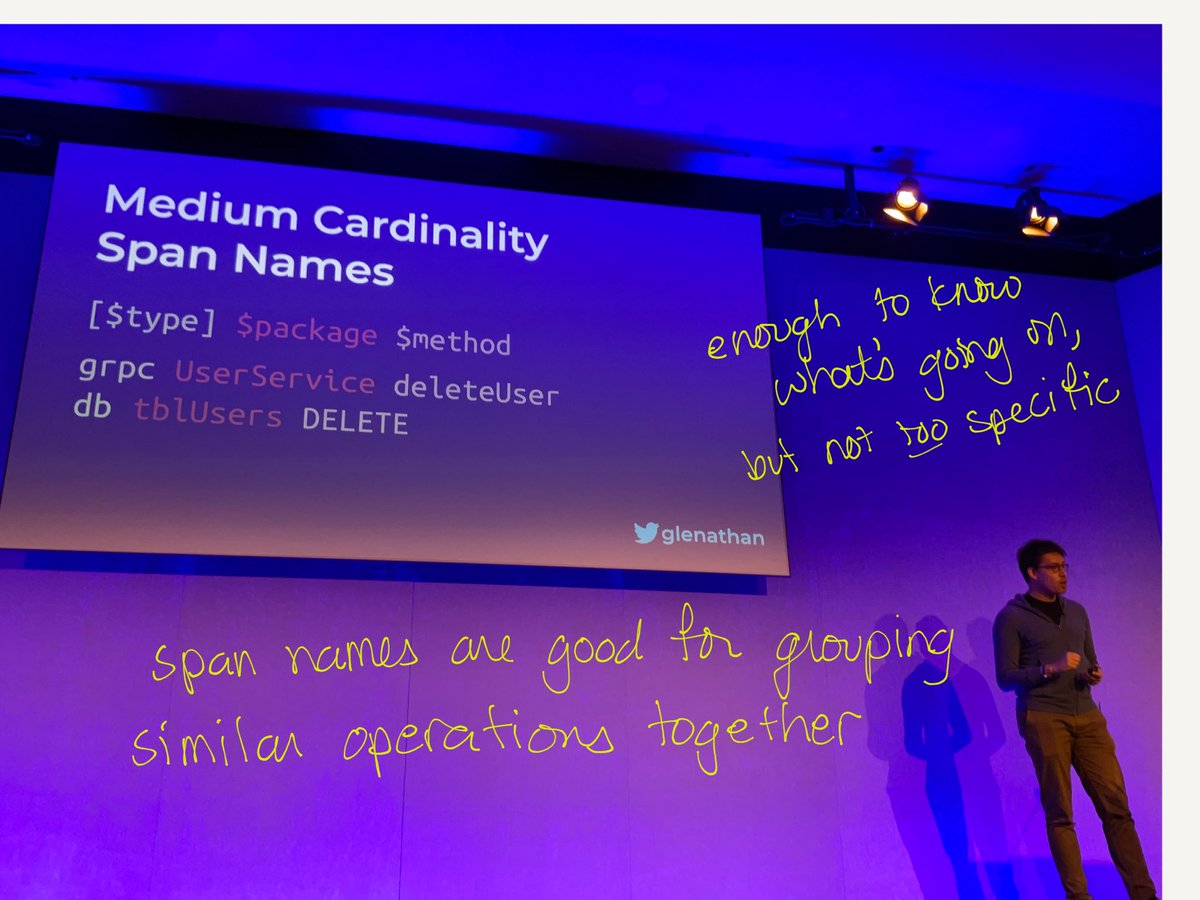
Greg Cupal applies constructor theory (from physics) to agile software work #agileAndBeyond 



Prevailing Consensus in science: from one state to one state, according to laws
Constructor theory: what can and can’t be caused to happen?
Get a solution space, eliminate the impossible, and what’s left could happen. This is more complex



Constructor theory: what can and can’t be caused to happen?
Get a solution space, eliminate the impossible, and what’s left could happen. This is more complex




Instead of from Here to There with a Plan “oh no, this person is gone, whatever shall we do”
From available inputs through tasks we could perform
to various points in the solution space.
We don’t know the end point, but we know where we can’t get.

From available inputs through tasks we could perform
to various points in the solution space.
We don’t know the end point, but we know where we can’t get.


• • •
Missing some Tweet in this thread? You can try to
force a refresh











































